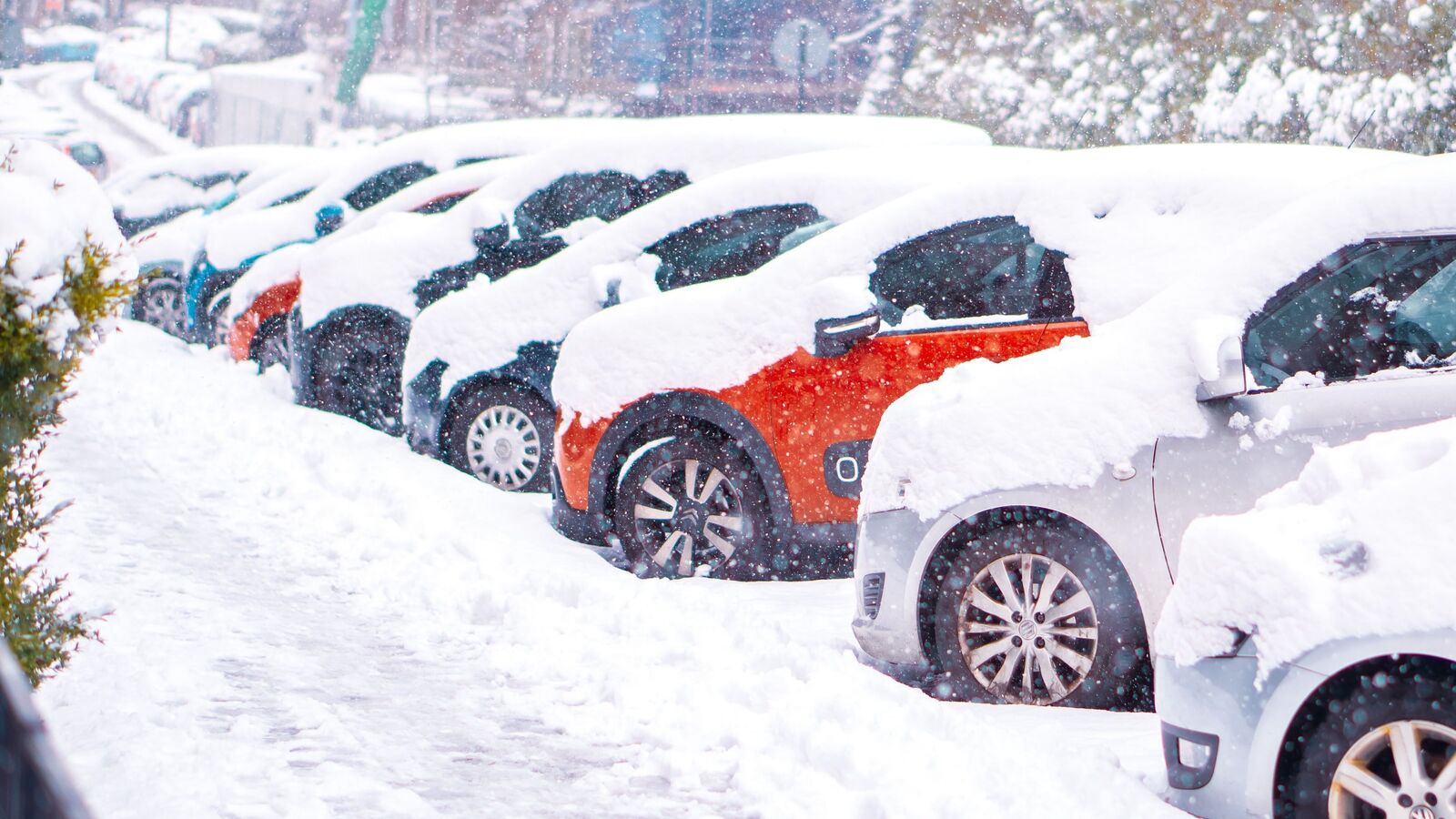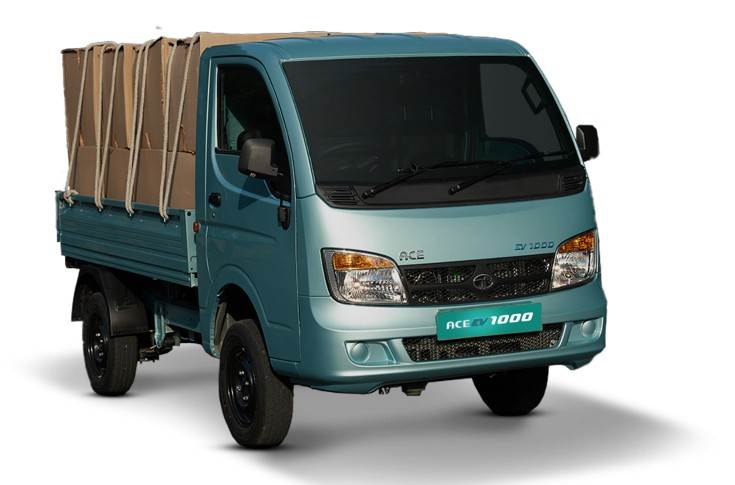- As winters have already arrived, it is imperative to follow safe driving habits. Here are top tips to ensure safer driving in winter conditions
Winter has arrived. Winter months provide respite from the hot heat that prevails in most parts of India, particularly North India. However, temperatures in North India are decreasing by the day, causing severe disruptions in daily life. While staying warm is difficult, driving safely becomes even more crucial given the foggy weather in the northern part of the country.
In such cases, ease your speed and use your fog lights and low beam headlights, as utilising high beams will cause a lot of reflection on the fog and strain your eyes. Drivers must maintain an adequate distance between their car and the vehicle in front of them in order to provide a buffer in the event of an abrupt stop. Stopping distances might be reduced in wet or snowy weather, so get the brakes cleaned and serviced. Check and replace the brake pads, then clean and lubricate the brake callipers as needed.
Aside from ensuring that your tires are in good condition (with appropriate tread and no cuts or bubbles), make sure they are properly inflated. An overinflated tyre increases the likelihood of skidding when driving in slick conditions, whereas an underinflated tyre provides insufficient grip. Consider upgrading to winter tyres or snow tyres, or even using snow chains; practice fitting these on the tyres so you don’t become flustered when you need them.
While some areas of the country are foggy, others get snowfalls, which produce slick driving conditions caused by ice, water, debris, or an accident. To avoid losing control, it is important to use the accelerator, brake, and steering with caution. If the car skids on a rough patch, the first thing to do is remain cool and look where you want to go. Then, steer in the direction of the skid; for example, if the rear end steps out to the right, turn the steering wheel to the right to straighten the vehicle.
When starting from a halt, increase vehicle speed gradually and avoid revving the engine in lower gears since traction is less than normal. If the car has enough torque, you can also explore starting in a higher gear, such as second, but be careful not to damage the clutch. Some automatic gearboxes include a winter/snow mode that starts the car in a higher gear, preventing wheel spin. Some cars also include winter/snow engine modes, which reduce torque and gradually feed in power.
Avoid changing directions, slowing down, or suddenly accelerating in the middle of a turn. Instead, brake well before the bend and then accelerate once you’ve exited the corner. Some parts of India also experience the production of ‘black ice’, which is a thin layer of ice that forms over the road as a result of water melting and re-freezing. While difficult to discern, check for and avoid road surfaces that appear glossy or shiny.
Driving downhill entails maintaining a constant modest speed on an already slippery road. Don’t ride the brakes; instead, use them sparingly and engine braking to manage speed. This can be accomplished in a manual transmission by using a lower gear, as well as in some automatic transmissions with manual control. Otherwise, there are modes available that prohibit the automatic gearbox from upshifting. Excessive braking or constant feathering of the brake pedal might cause the system to overheat and fail.
Basic hygine
All of the lights inside and outside the car should be functional. The climate control system should function effectively to keep the cabin at a pleasant temperature. To keep the windshield free of snow and debris, replace the wiper blades as needed and service the motor. To keep your wipers working, fill the tank with the right mixture of water and washer fluid.
Aside from that, the most basic requirement is that your car be properly maintained. Get it serviced on a regular basis, and don’t scrimp on repairing parts that indicate above-average wear and tear. This will assist lessen the likelihood of a car breakdown. To ensure good visibility, use lukewarm water to clean all of the windows, wing mirrors, and light units (headlights, taillights, fog lamps, and so on).
Do not use hot water because the temperature difference can cause glass to break. In locations where snowfall is widespread, remove any snow that has formed on the roof so that it does not slide into the windscreen and hinder your view while driving.
Cold temperatures can also impair battery performance and cause issues when starting the engine. Replace an old battery and have all wires and leads examined. Lower temperatures may cause fluids to clog up, so check and change the engine oil and coolant as needed.
Special care for EVs
Given the growing popularity of electric vehicles in India, it is critical to consider how to care for them during the colder months. It is not suggested that you store your EV in extreme cold temperatures for extended periods of time. The reason for this is because extremely cold conditions can freeze the Lithium-ion battery in EVs, preventing them from charging or giving power to the car. It should also be noted that driving in extremely cold temperatures may significantly diminish the EV’s range.
First Published Date: 18 Jan 2024, 09:53 AM IST



